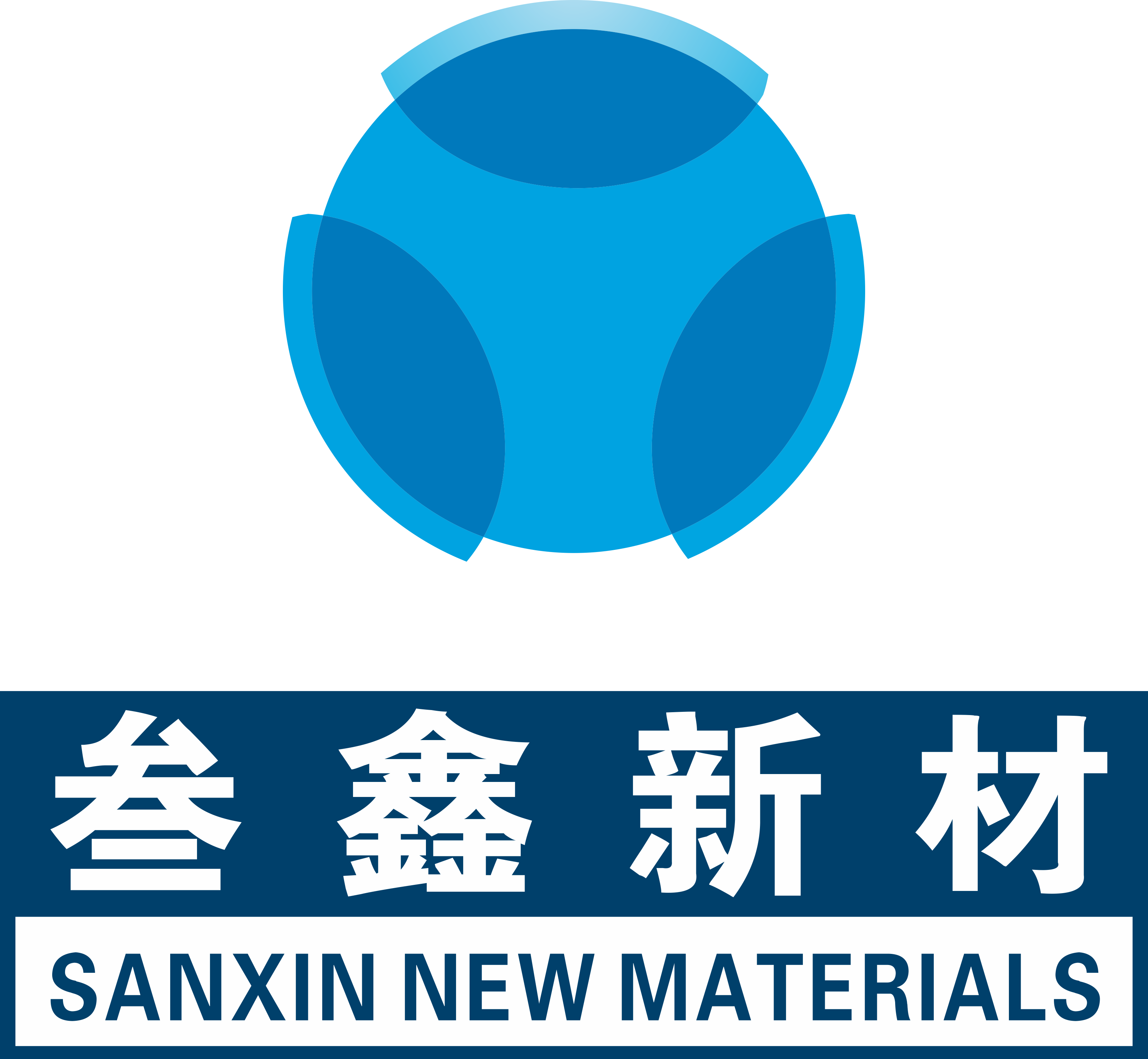Yttria stabilized zirconia beads help grind metallization pastes in a bead mill to produce nanoscale particles
Metallization pastes have been always playing a vital role in improving a solar cell’s performance as well as its cost structure. Its significance has been increasing even more after new innovations, which is even more important for high efficiency cell concepts that require very special paste systems.
Metallization pastes typically require grinding or milling to reduce the particle size and ensure a uniform distribution of the conductive material. This helps to improve the paste's electrical conductivity and overall performance when used in electronic devices. Yttria stabilized zirconia bead is one best grinding media for manufacturing metallization pastes. Optimizing the particle size distribution by controlling the particle size distribution of the metal particles in the paste, it is possible to achieve better packing density, which can improve the electrical conductivity of the paste.
To grind metallization pastes in a bead mill to produce nanoscale particles, you can follow these general steps:
Choose the appropriate grinding media: Beads made of materials such as zirconia, alumina can be used to achieve different levels of particle size reduction.
Load the mill: Add the metallization paste to the mill, along with the grinding media and any necessary solvents or dispersants.
Run the mill: Operate the bead mill for a sufficient amount of time to achieve the desired particle size reduction. The specific grinding conditions (e.g., bead size, speed, duration, etc.) will depend on the paste composition and target particle size. Zirconia beads 0.1mm can grind materials into 100 nanometers, SANXIN NEW MATERIALS provide microbeads of 0.03mm, 0.05mm, 0.1mm, 0.2mm, 0.3mm, it greatly improve grinding efficiency to grind raw materials into ultrafine particles.
Analyze the product: Use particle size analysis techniques, such as dynamic light scattering or scanning electron microscopy, to measure the resulting particle size distribution and confirm that the target size range has been achieved.
Post-treatment (if necessary): Depending on the intended application, the resulting nanoscale particles may need to be further processed, such as through washing, drying, or calcination.
The future of metallization pastes in solar batteries is expected to involve continued research and development to improve the performance of solar cells. Some possible trends and advancements in the field include:
- Development of new, low-cost materials: As the demand for solar energy increases, there is a growing need for cost-effective materials that can be used in metallization pastes. New materials, such as copper or nickel alloys, are being explored as potential replacements for expensive silver pastes.
- Advancements in deposition techniques: Advanced deposition techniques, such as inkjet printing, are being developed to improve the accuracy and uniformity of the paste deposition, which can improve the performance and efficiency of the solar cell.
- Integration of nanotechnology: The use of nanotechnology in metallization pastes is being explored as a way to improve the conductivity and reduce the resistance of the paste, the zirconia bead grinding will do a lot in this process.
- Focus on sustainability: The development of metallization pastes with a focus on sustainability, such as the use of biodegradable or recycled materials, is likely to become increasingly important as the solar industry grows.
Overall, the future of metallization pastes in solar batteries is expected to involve continued innovation and improvements in materials, processes, and sustainability.








